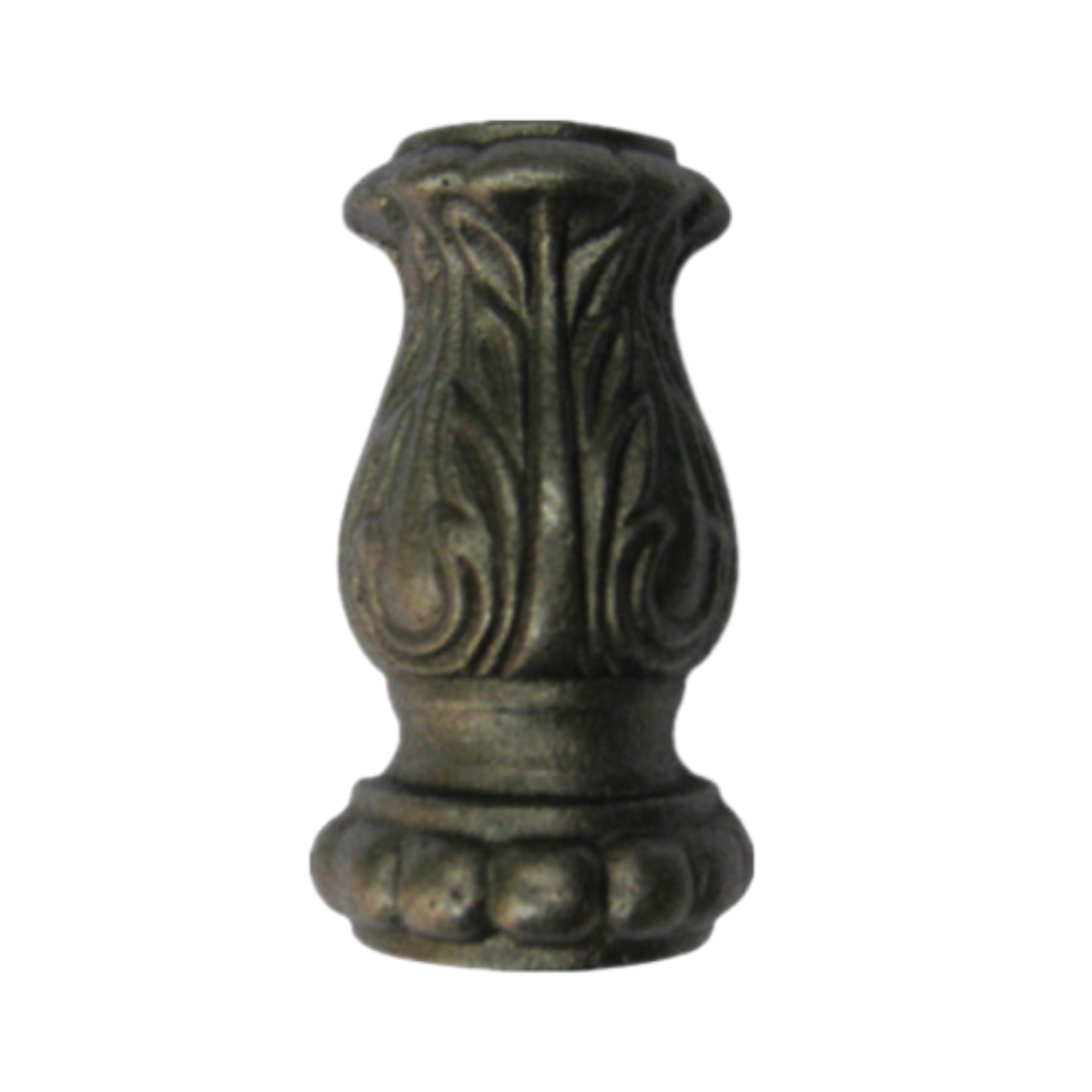A Comprehensive Guide to Understanding Metal Gate Latches and Their Applications in Various Settings
Understanding Metal Gate Latches A Comprehensive Overview
Metal gate latches are essential hardware components designed to secure gates and doors, offering both functionality and a degree of style. Often constructed from robust materials like stainless steel, aluminum, or wrought iron, these latches not only enhance security but also contribute to the aesthetic appeal of outdoor spaces. This article delves into the various aspects of metal gate latches, including their types, benefits, installation, and maintenance.
Types of Metal Gate Latches
Metal gate latches come in various styles, each suited for different applications. The most common types include
1. Slide Latch This type operates by sliding a metal bar into a bracket, securing the gate in place. Slide latches are favored for their simplicity and ease of use.
2. Spring-Loaded Latch Featuring a spring mechanism, this latch automatically engages when the gate is closed, providing a secure closure without manual effort. It often comes with a safety feature that prevents accidental openings.
3. Padlock Latch Designed to work with a padlock, this latch offers an extra layer of security. Users can lock the gate by threading a small padlock through a designated loop, deterring unauthorized access.
4. Ring Latch A more decorative option, ring latches are designed with a circular handle that users pull to lift a bar from its post and open the gate. They add an aesthetic charm to garden gates or driveways.
Benefits of Metal Gate Latches
The advantages of using metal gate latches are numerous
- Durability Metal is resistant to weather elements, rust, and corrosion, ensuring long-lasting performance even in harsh outdoor conditions.
- Security A well-installed metal gate latch offers peace of mind. They help protect your property from intruders and stray animals.
- Versatility Suitable for various gates, including wooden, vinyl, and chain-link, metal latches can be adapted to fit different styles and functionalities.
- Low Maintenance Unlike wooden latches, which may warp or rot over time, metal latches typically require little more than occasional lubrication to maintain smooth operation.
metal gate latch

Installation of Metal Gate Latches
Installing a metal gate latch can vary slightly depending on the type chosen, but the general process is straightforward
1. Select the Appropriate Latch Choose a latch that fits your gate's style and security needs. Consider the gate’s material and weight for optimal performance.
2. Gather Tools Basic tools such as a drill, screws, a screwdriver, and a measuring tape will be necessary for installation.
3. Position the Latch Determine where the latch will be placed on the gate and the corresponding post. It is crucial to measure accurately to ensure proper alignment.
4. Attach the Latch Follow the manufacturer's instructions, securing the latch to the gate and the corresponding bracket to the post with screws.
5. Test for Functionality Once installed, test the latch to ensure it opens and closes smoothly and locks securely if applicable.
Maintenance Tips
To prolong the life of your metal gate latch, consider the following maintenance tips
- Regular Inspection Periodically check for rust or corrosion and address any issues promptly.
- Lubrication Apply lubricant to moving parts to ensure smooth operation and prevent wear over time.
- Cleaning Clean the latch with mild soap and water to remove dirt and grime, particularly after harsh weather conditions.
In conclusion, metal gate latches are a practical and stylish solution for securing gates and doors in residential and commercial settings. By understanding the types available, their benefits, and proper installation and maintenance techniques, users can ensure their gates function smoothly and securely for years to come.
-
Wrought Iron Components: Timeless Elegance and Structural StrengthNewsJul.28,2025
-
Window Hardware Essentials: Rollers, Handles, and Locking SolutionsNewsJul.28,2025
-
Small Agricultural Processing Machines: Corn Threshers, Cassava Chippers, Grain Peelers & Chaff CuttersNewsJul.28,2025
-
Sliding Rollers: Smooth, Silent, and Built to LastNewsJul.28,2025
-
Cast Iron Stoves: Timeless Heating with Modern EfficiencyNewsJul.28,2025
-
Cast Iron Pipe and Fitting: Durable, Fire-Resistant Solutions for Plumbing and DrainageNewsJul.28,2025
-
 Wrought Iron Components: Timeless Elegance and Structural StrengthJul-28-2025Wrought Iron Components: Timeless Elegance and Structural Strength
Wrought Iron Components: Timeless Elegance and Structural StrengthJul-28-2025Wrought Iron Components: Timeless Elegance and Structural Strength -
 Window Hardware Essentials: Rollers, Handles, and Locking SolutionsJul-28-2025Window Hardware Essentials: Rollers, Handles, and Locking Solutions
Window Hardware Essentials: Rollers, Handles, and Locking SolutionsJul-28-2025Window Hardware Essentials: Rollers, Handles, and Locking Solutions -
 Small Agricultural Processing Machines: Corn Threshers, Cassava Chippers, Grain Peelers & Chaff CuttersJul-28-2025Small Agricultural Processing Machines: Corn Threshers, Cassava Chippers, Grain Peelers & Chaff Cutters
Small Agricultural Processing Machines: Corn Threshers, Cassava Chippers, Grain Peelers & Chaff CuttersJul-28-2025Small Agricultural Processing Machines: Corn Threshers, Cassava Chippers, Grain Peelers & Chaff Cutters












